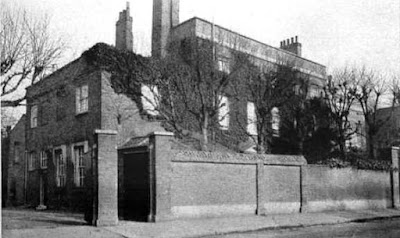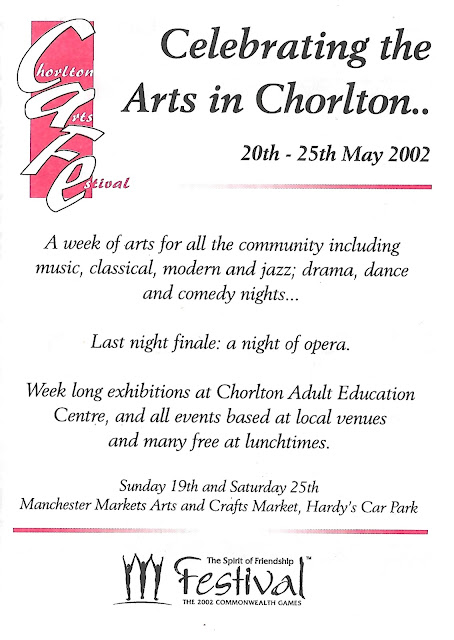Now it’s one of those things about researching the past which is that you assume you will find the answers to the questions.
 |
| 1907 Sword Bayonet |
So, a few days ago my friend Glenys told me about the bayonet her father found in their house on St Annes Road.
At first, they thought it was a sword but later identified it as a standard British Army bayonet, which had first come into service in 1907 and was in use through both world wars.
And it is easy to see why it was mistaken for a sword, the blade is 17 inches [430mm] long with later models even longer, and to many people it resembles a sword, which I guess is why it was officially called the Sword Bayonet. Over 5 million were made during the Great War and it was adopted by most Commonwealth armies and was made by Wilkinson Sword.
Inevitably I decided to go looking for a possible owner, or a story which might take me to why it ended up in Glenys’s old house.
But there were problems, the house doesn’t show up on either the street directories or census for 1911 and so far the first and only entry is from the 1939 Register which lists a Miss Ethel W Goulborn, who described herself as “unpaid domestic”, but appears to have lived alone.
She was born in Harpurhey and her father gave his occupation variously as a “tea merchant” and "grocer", and by 1911 the family were living on Amherst Road in Didsbury in a large solid semidetached property.
And here is one of our mysteries, because Ms. Ethel Goulborn was born in 1896 but on the 1939 Register she said she was 35.. a small error perhaps, but an interesting one, as this would have meant she was 21 at the end of the Great War, which allows a little romantic speculation, which Glenys always “wondered if the bayonet belonged to a sweetheart or relative who may have returned injured”.
Alas for now we will never know. But a trawl of the directories in Central Ref will tell us when she bought the house and if she was the first occupier, which may have been 1920.
She lived at the house till her death in 1954, leaving £5,700, but there is indication of who it was left to and as yet I haven’t gone looking for her younger brother.
 |
| The off license, 2013 |
But I did go looking her neighbours, Bernard and Bertha Krell who were running the off license at number 3.
They had married in 1931, Bertha was from Didsbury and their son Adam Maurice had been born in 1946 in Blackpool.
Glenys remembered them and their son who was a little older than her. They had stayed friends until he went off to live on a Kibbutz, but she also remembered that after his return he had married and lived in Didsbury.
I can track Mr. Bernard Krell back to Cheetham Hill, at the beginning of last century.
It is a bit of another mystery because the family were called Solomon and were from Romania, where Bernard was born but had moved to Britain sometime just before 1901.
Now the mismatch between Solomon and Krell is a puzzle, but someone who claims the family on a genealogical platform mentions a name change to Krell which would explain why in searching on Ancestry for Bernard I kept getting brought back to Solomon.
They were in the garment trade, with Bernard’s father describing himself as a “Waterproof Garment maker”, in 1901 and a “Tailors Presser" a decade later” all of which promises much more research.
So, a bit of journey from a bayonet but that’s a history story for you.
Location; Chorlton
Pictures; 1907 Sword Bayonet, 1907, courtesy of Auckland War Memorial, Collection of Auckland Museum Tamaki Paenga Hira, W2508, from Pattern 1907 bayonet, https://en.wikipedia.org/wiki/Pattern_1907_bayonet, and the off license at 3, St Annes Road, 2013 from the collection of Andy Robertson

















































